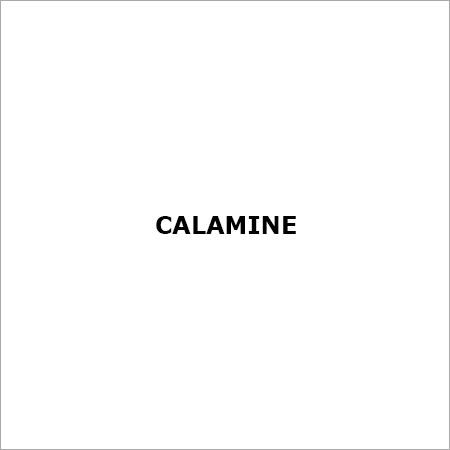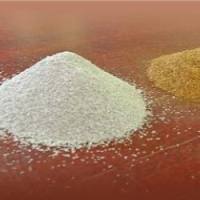Trisodium Citrate
Product Details:
- Storage Room Temperature
- Molecular Formula Na3C6H5O7
- Melting Point 300 C
- Molecular Weight 258.06 g/mol GSM (gm/2)
- Medicine Name Trisodium Citrate
- Type Pharmaceutical Intermediates
- Grade Cosmetic Grade
- Click to View more
Trisodium Citrate Price And Quantity
- 25 Kilograms
- 25.00 - 50.00 INR/Kilograms
Trisodium Citrate Product Specifications
- 300 C
- Pharmaceutical Intermediates
- Room Temperature
- Cosmetic Grade
- Solid
- Na3C6H5O7
- Trisodium Citrate
- 258.06 g/mol GSM (gm/2)
Trisodium Citrate Trade Information
- Cash Advance (CA) Cash in Advance (CID)
- 1000 Kilograms Per Day
- 7 Days
- Western Europe Middle East Central America Eastern Europe Africa South America Australia Asia North America
Product Description
The chemical formula for trisodium citrate is Na3C6H5O7. Although it is often referred to as "sodium citrate", sodium citrate may refer to any of the three sodium salts of citric acid. A mild alkali, it is saline and mildly tart in flavor.
Technical Specifications:
- Formula: Na3C6H5O7
- Molar mass: 258.06 g/mol
- IUPAC ID: Trisodium citrate Trisodium 2-hydroxypropane-1,2,3-tricarboxylate
- Melting point: 300 °C
- Boiling point: 309.6 °C
- Density: 1.7 g/cm³
How does it work
As an extracorporeal anticoagulant, SODIUM CITRATE 4% W/V ANTICOAGULANT SOLUTION USP binds free calcium from the blood. In the clotting cascade, calcium plays an important role in several steps. Citric acid, which regulates pH, is one of the key components of the solution.
Applications. Or where it is used
Trisodium citrate dihydrate is widely used as a buffer, sequestering agent, or emulsifier in foods and beverages. As a white, granular crystal or as a white, crystalline powder, trisodium citrate dihydrate has a pleasant, salty taste.
Manufacturing process
A tribasic salt of citric acid, trisodium citrate belongs to the family of salts. After neutralizing citric acid with high purity sodium hydroxide or carbonate, it is crystallised and dehydrated.
How to use:
Citric acid is neutralised with sodium hydroxide or carbonate, and then crystallized. Food, beverage, and technical applications commonly use trisodium citrate dihydrate as a buffer, sequestering, or emulsifying agent.
Side effects:
- Numbness or tingly feeling
- Swelling or rapid weight gain
- Muscle twitching or cramps
- Fast or slow heart rate
- Confusion, or mood changes
- Bloody or tarry stools
- Severe stomach pain
- Ongoing diarrhea
- Seizure (convulsions)

Price:
- 50
- 100
- 200
- 250
- 500
- 1000+









 : nilesh.sheth70
: nilesh.sheth70
